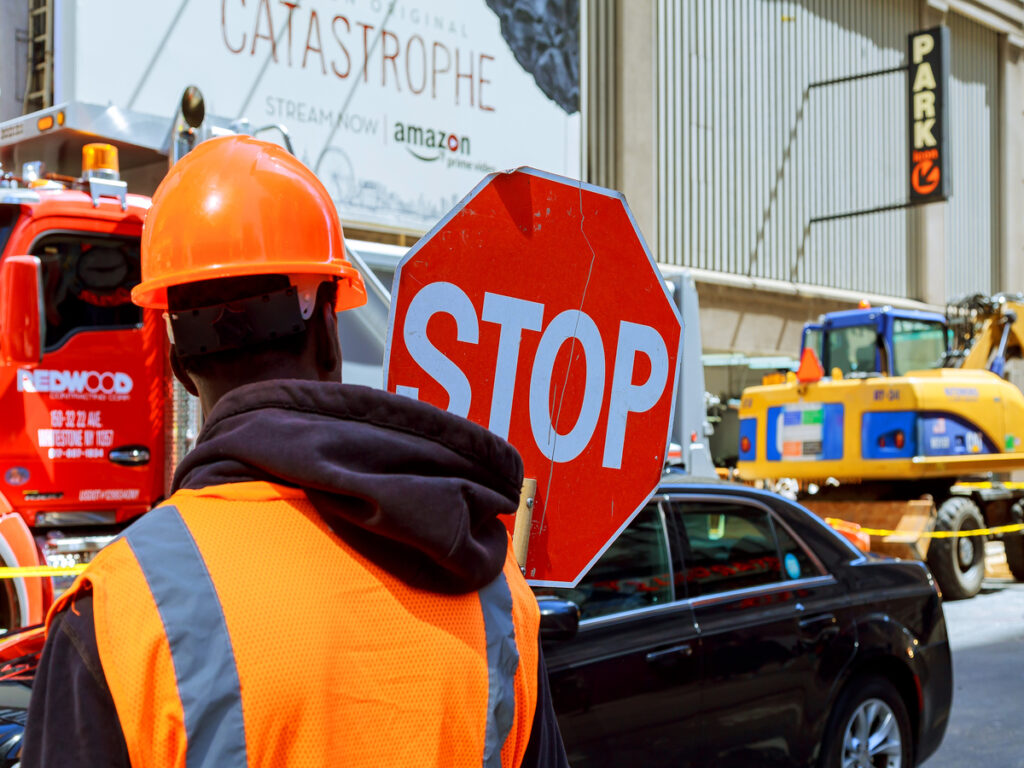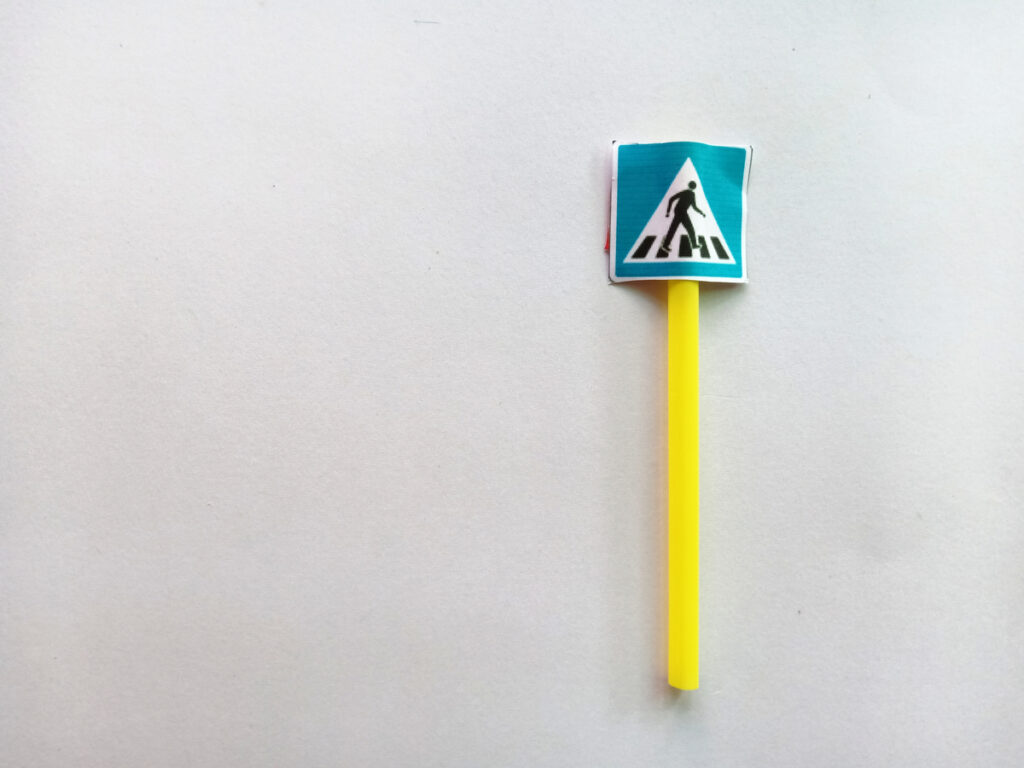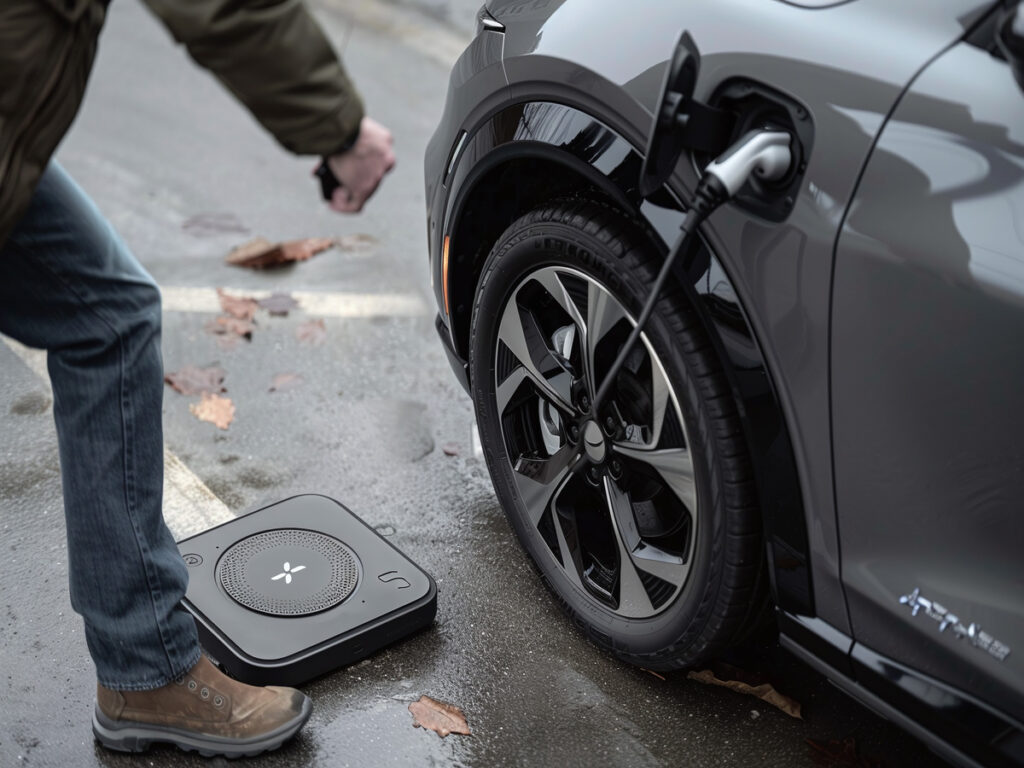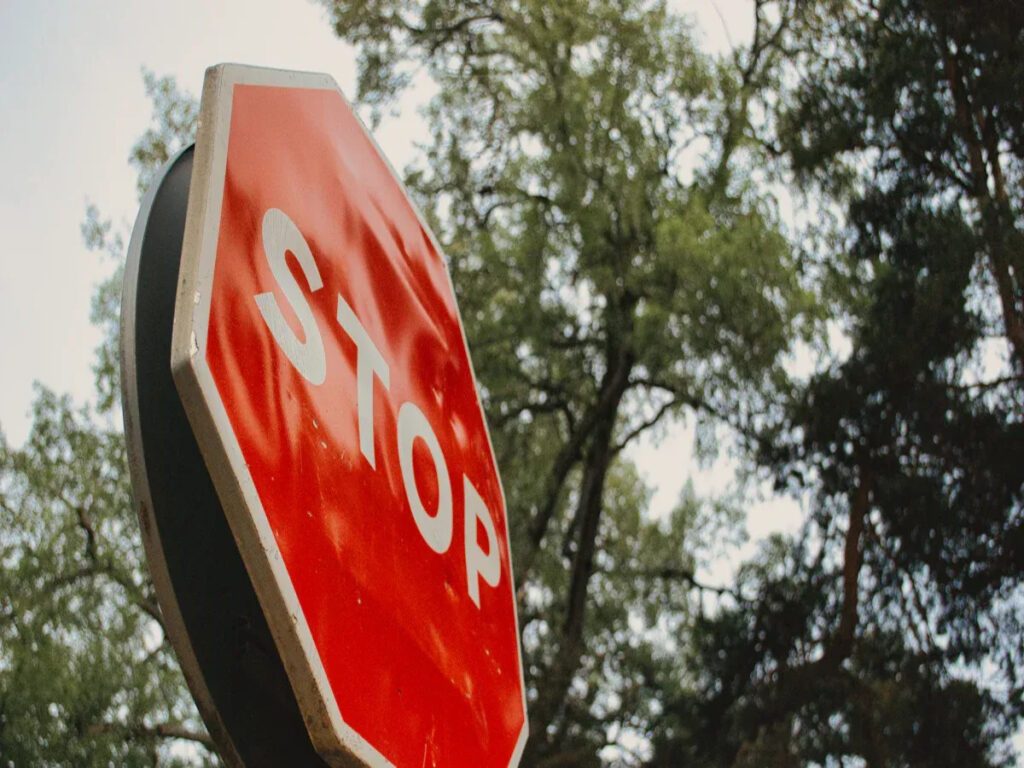올바른 정지/느린 부호 핸들 선택

Choosing the right sign handle is important for safety. A good handle helps people see better and stay safe. Bright stop/slow signs can make work zones safer. 예를 들어, zones with these signs had fewer traffic problems, dropping from 153 에게 136. Zones with regular signs had more problems instead. The handle you pick also affects how well you control traffic. This is especially true in dangerous areas. To choose the best handle, think about how strong, comfy, light, and durable it is.
사인 핸들에 대한 추가 기능: 가장 실용적인 액세서리에 대한 안내서

Have you thought about making your sign handles more useful? Add-ons can change a simple handle into a helpful tool. They make it easier to use, 더 안전합니다, and look better. If you work in traffic or on a busy site, the right tools save time and help a lot. From stronger bases to light holders, adding accessories makes work faster and simpler.
표지판 손잡이의 인체 공학적 설계: 운영자 피로 감소 & 부상 위험

You use sign handles for precise and long tasks. Bad handle designs can cause pain, tiredness, and injuries. Good ergonomic design helps fix these problems. It matches handle shapes to how your hand moves. This lowers stress and makes work easier. It keeps workers safe and helps them work faster. You can finish jobs with less effort and fewer dangers.
최대 명확성을 위해 다중 메시지 사인 프레임의 트래픽 안전 표지판을 결합하는 방법

Clear signs are very important for keeping roads safe. When you see multi message sign frames with many messages, their clarity helps drivers react quickly. Well-organised signs lower confusion and make rules easier to follow. By showing the most important details first, arranging signs clearly, and using a good visual order, drivers can understand messages easily. These steps make roads safer and stop accidents caused by unclear signs or slow reactions.
스마트 트래픽 콘 및 도로 부하 용량: 전기 자동차 중량의 새로운 도전을 충족시킵니다

Electric cars are changing how we travel, but they are heavier. This extra weight puts pressure on roads and bridges. Parking garages and pavements also feel this strain. A recent article by Highways Today highlights how electric vehicles (EVs), while environmentally friendly, are significantly heavier than traditional cars—raising concerns about long-term wear on roads, bridges, and parking structures.
도로 공사 및 교통 관제를위한 휴대용 정지 부호 프레임에 대한 완전한 가이드

Portable stop sign frames are important for roadwork and traffic safety. These frames help manage traffic during construction, 이벤트, or emergencies. They give clear directions to drivers, 혼란과 사고 감소.













